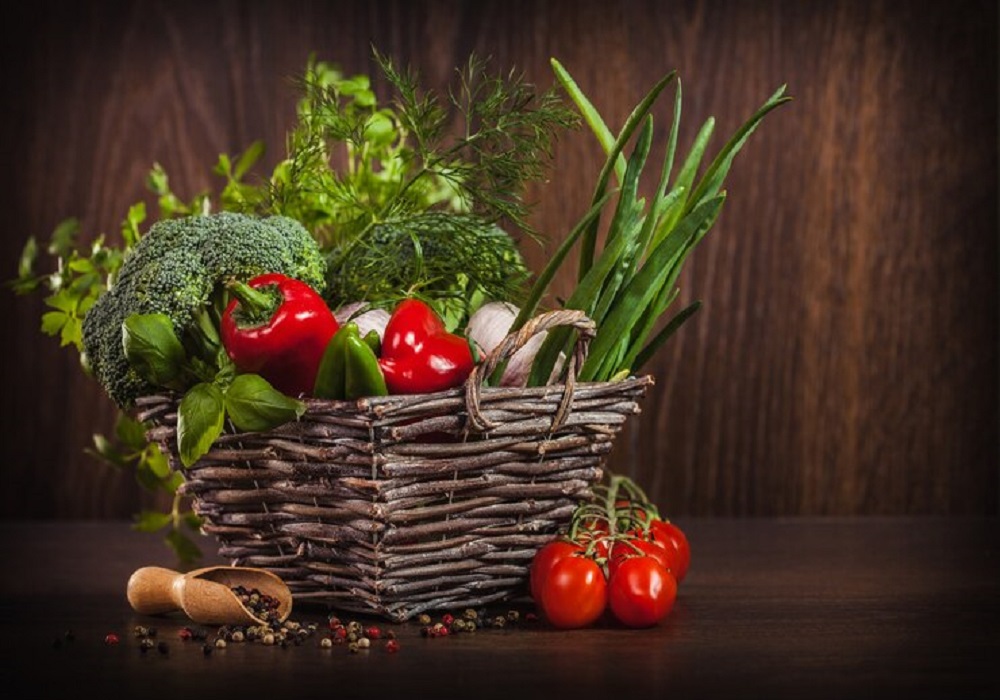In India, the concept of kitchen gardening is gaining popularity as people seek fresh, organic produce for their daily meals. Growing vegetables in your own kitchen garden not only ensures a steady supply of nutritious food but also promotes sustainability and reduces reliance on store-bought produce. In this comprehensive guide, we’ll explore everything you need to know about growing kitchen garden vegetables in India.
Choosing the Right Kitchen Garden Vegetables
When planning your kitchen garden in India, it’s essential to select vegetables that thrive in the local climate and soil conditions. Some popular choices include tomatoes, spinach, brinjal (eggplant), okra, green beans, chili peppers, and leafy greens like coriander, mint, and fenugreek.
Preparing the Soil For Kitchen Garden Vegetables
Before planting, ensure that the soil in your kitchen garden is well-drained, fertile, and rich in organic matter. You can improve soil quality by adding compost, vermicomposting, or aged manure. Avoid waterlogged or compacted soil, as it can hinder root growth and lead to poor plant health.
Sowing Seeds or Transplants
Depending on the vegetable variety, you can either sow seeds directly into the soil or start with transplants. Follow the recommended spacing and depth for each type of vegetable to ensure optimal growth. Water the seeds or transplants gently after planting and maintain consistent moisture throughout the growing season.
Providing Adequate Sunlight and Water
Most kitchen garden vegetables in India require at least 6-8 hours of sunlight daily to thrive. Choose a sunny spot in your garden or balcony for optimal growth. Additionally, water your plants regularly, especially during dry spells, but avoid overwatering to prevent root rot and fungal diseases.
Fertilizing and Mulching
To promote healthy growth and abundant yields, feed your kitchen garden vegetables with organic fertilizers or compost tea every few weeks. Mulching with organic materials like straw, shredded leaves, or grass clippings helps retain moisture, suppress weeds, and regulate soil temperature.
Pest and Disease Management
Keep an eye out for common pests and diseases that affect kitchen garden vegetables in India, such as aphids, caterpillars, powdery mildew, and leaf spot. Practice preventive measures like crop rotation, companion planting, and maintaining plant hygiene to minimize pest and disease problems.
Harvesting and Enjoying
As your kitchen garden vegetables mature, harvest them regularly to encourage continuous growth and prevent overcrowding. Enjoy the freshness and flavor of homegrown produce in your daily meals, knowing that you’ve played a part in nurturing and cultivating these nutritious ingredients.
Conclusion
Growing kitchen garden vegetables in India is a rewarding experience that allows you to connect with nature, reduce your ecological footprint, and savor the joy of homegrown food. By following the tips and guidelines outlined in this ultimate guide, you’ll be well on your way to cultivating a thriving and bountiful kitchen garden that enriches your life and well-being. Happy gardening!
FAQs (Frequently Asked Questions):
- Q: What are the best vegetables to grow in a kitchen garden in India?
A: Some of the best vegetables for Indian kitchen gardens include tomatoes, spinach, brinjal (eggplant), okra, green beans, chili peppers, and various leafy greens like coriander, mint, and fenugreek. - Q: Can I grow kitchen garden vegetables in pots or containers?
A: Yes, many kitchen garden vegetables can be grown in pots or containers, making them suitable for urban gardening or small spaces. Choose large containers with adequate drainage and fill them with nutrient-rich potting mix for optimal growth. - Q: How often should I water my kitchen garden vegetables?
A: The frequency of watering depends on factors such as the weather, soil moisture levels, and the specific needs of each vegetable. Generally, water your kitchen garden vegetables deeply and regularly, ensuring that the soil remains consistently moist but not waterlogged. - Q: How can I protect my kitchen garden vegetables from pests and diseases?
A: Implement integrated pest management (IPM) techniques, such as using insecticidal soaps, neem oil sprays, or companion planting with pest-repellent herbs. Regularly inspect your plants for signs of pests or diseases and take prompt action to prevent infestations. - Q: When is the best time to harvest kitchen garden vegetables?
A: Harvest your kitchen garden vegetables when they reach peak ripeness and flavor, usually indicated by their size, color, and texture. Avoid waiting too long to harvest, as overripe vegetables may become tough or lose their flavor.
